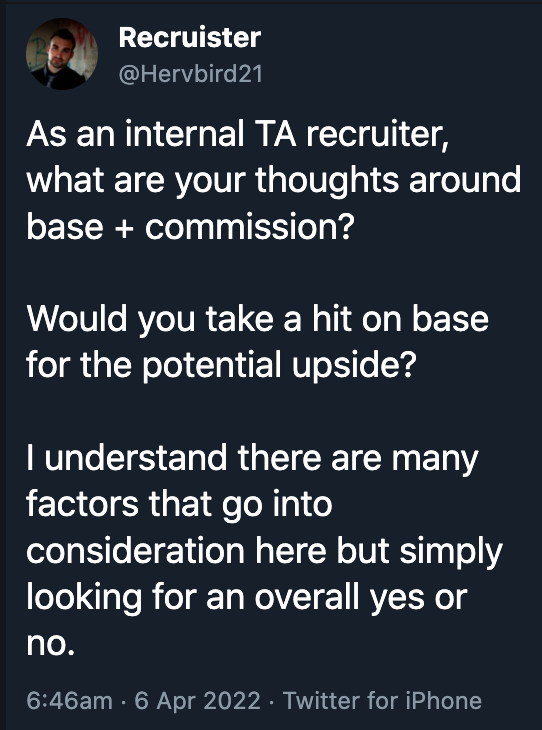Okay, tongue in cheek title for sure, but the new Oracle EX Platform is actually called “ME” (pronounced “Mee” by stands for “My Experience”) and I wrote an eBook around Employee Experience that Oracle and I co-branded for the launch! So, in a way, it is still all about “me” as well! 😉
The eBook is titled “2022 Could Be The Year of the Great Retention!” (click to download). The book focuses on 3 core areas that organizations need to improve on to increase their employee experience, which will, in turn, increase your retention!
What is Oracle’s new EX Platform?
Oracle ME, is a complete employee experience platform to help organizations increase employee engagement and ensure employee success. Part of Oracle Fusion Cloud Human Capital Management (HCM), Oracle ME enables HR and business leaders to streamline communications across the organization, increase productivity by guiding employees through complex tasks, and improve talent retention by developing a more supportive and trusted environment at work.
Oracle ME includes:
- Oracle Touchpoints is a new employee listening solution that helps managers strengthen relationships with their employees and better support workforce wellbeing and success. Natively developed within Oracle Cloud HCM, Oracle Touchpoints allows managers to regularly capture, track, and act on employee sentiment to build trust with their teams and promote an inclusive work environment. Managers get continuous employee insights through pulse surveys and receive recommended next actions to take, such as scheduling check-ins, providing feedback, or celebrating moments that matter. The employee engagement center within Oracle Touchpoints allows employees to take an active role in their success and satisfaction by providing a single place to define and organize topics for check-ins, review meeting history, provide ongoing feedback, and access suggested actions.
- Oracle HCM Communicate is a new employee outreach solution that allows HR teams to design, send, monitor, and measure the impact of communications. Built directly into Oracle Cloud HCM, HCM Communicate is connected to an organization’s workforce data, making it easy for HR teams to create and target personalized communications to groups with highly specific characteristics. For example, HR teams can send a message to workers in a specific city or country who are within two years of employment and enrolled in a particular training course. With HCM Communicate, HR teams can also measure engagement with the content through open rate analysis and seamlessly send follow-ups or set up ongoing campaigns to drive more effective and engaging communications.
- Oracle Journeys is a workflow solution that simplifies complex tasks with step-by-step processes and personalized guidance that helps employees navigate personal, professional, administrative, and operational activities, including onboarding, returning to work safely, growing career opportunities, managing team compensation, or opening a new facility. New enhancements help employees make informed decisions by surfacing personally relevant instructions, training, and analytics along their guided digital journey. Oracle Journeys can be extended to include workflow actions and resources from other Oracle and third-party applications to deliver guidance for different business needs across the organization.
- Oracle Connections is an interactive workforce directory and organization chart that fosters collaboration and increases opportunities for inclusion and internal mobility by making it easier for employees to search for and connect with others across the organization. Employees can import their LinkedIn profiles, record video introductions, highlight their unique skills and accomplishments, and share feedback on each other’s walls to better learn about one another and grow their professional network.
- Oracle HR Help Desk is a service request management solution that makes it easy for all workers to get the answers they need and for HR to effortlessly track cases without the risk of sensitive data getting into the wrong hands. Employees can search for content, securely submit inquiries, and open help tickets through multiple channels including Oracle Digital Assistant, SMS, email, and social platforms.
- Oracle Digital Assistant is an HR chatbot that provides a conversational interface for employees to get immediate answers to questions and easily complete transactions directly through voice or text. HR teams can deploy Oracle Digital Assistant quickly to support over 90 prebuilt transactions and can extend the solution to support new processes or requirements.
What do I really like about Oracle ME?
Simply? It’s the personalization aspect of the platform. Each employee can make it their own. It allows each employee to connect, grow, and thrive in their own way and on their own timeline. This isn’t an experience that is force-fed to them by their manager or HR, but it’s also not a traditional self-service HR tech that is unhelpful.
Touchpoints are just something that once you have them you will wonder why you always didn’t have them, for both leaders and employees. It just makes sense! It’s a great way for both leaders and employees to work together to make the work experience more satisfying and engaging.
Also, the HR Comms aspect of ME is something HR professionals and leaders will fall in love with. The ability to track and nurture your HR communications and have a dashboard to easily get updates on is really powerful, but ME also allows you to easily target your communications as well. It’s a tool most of us wish we have in HR.
Oracle ME is a big launch for Oracle Cloud HCM and you can see a lot of time and effort went into making it right. It’s something I think Oracle HCM customers and their employees will fall in love with.


